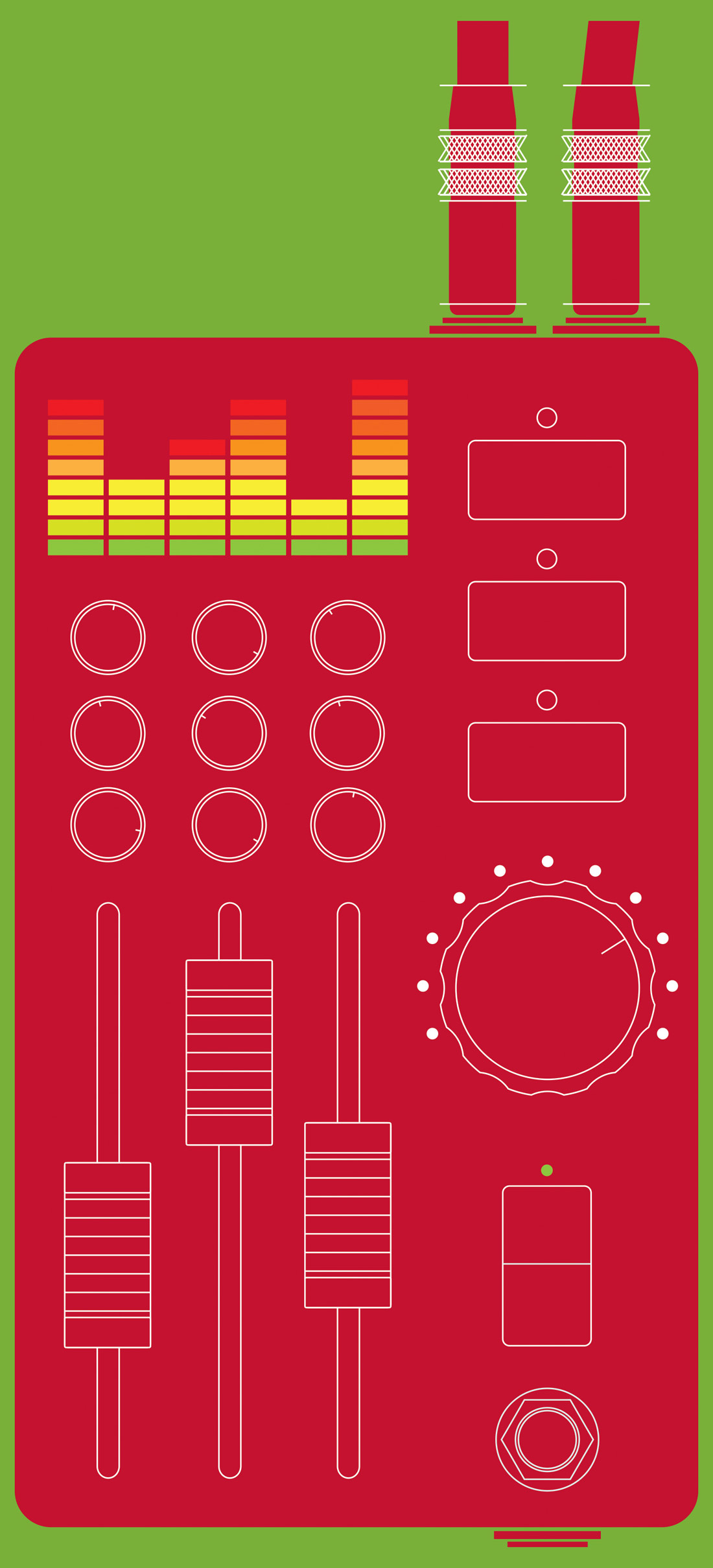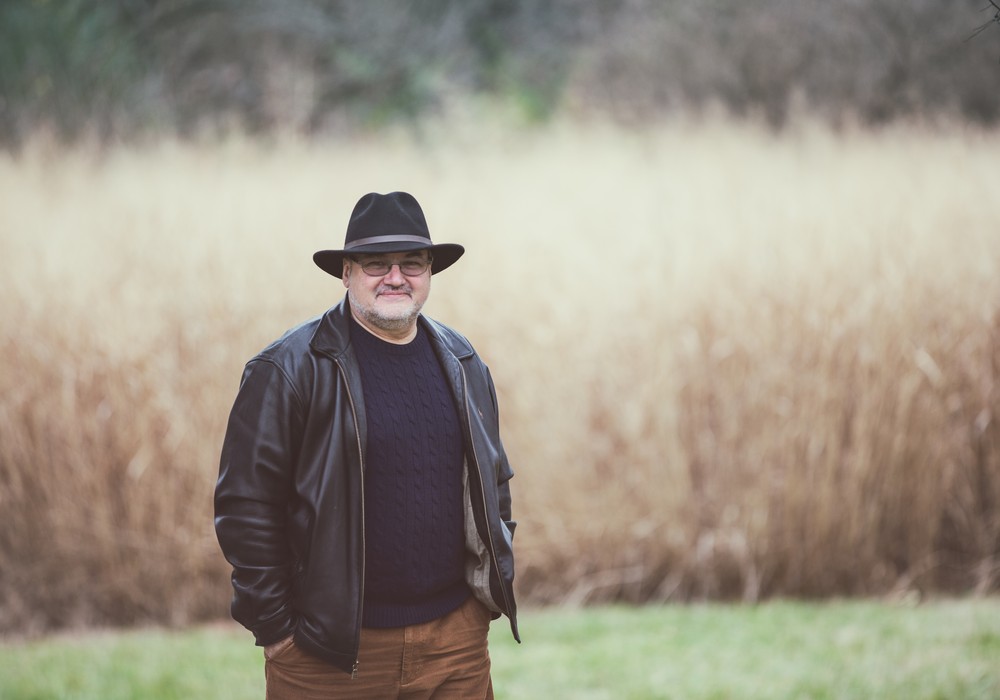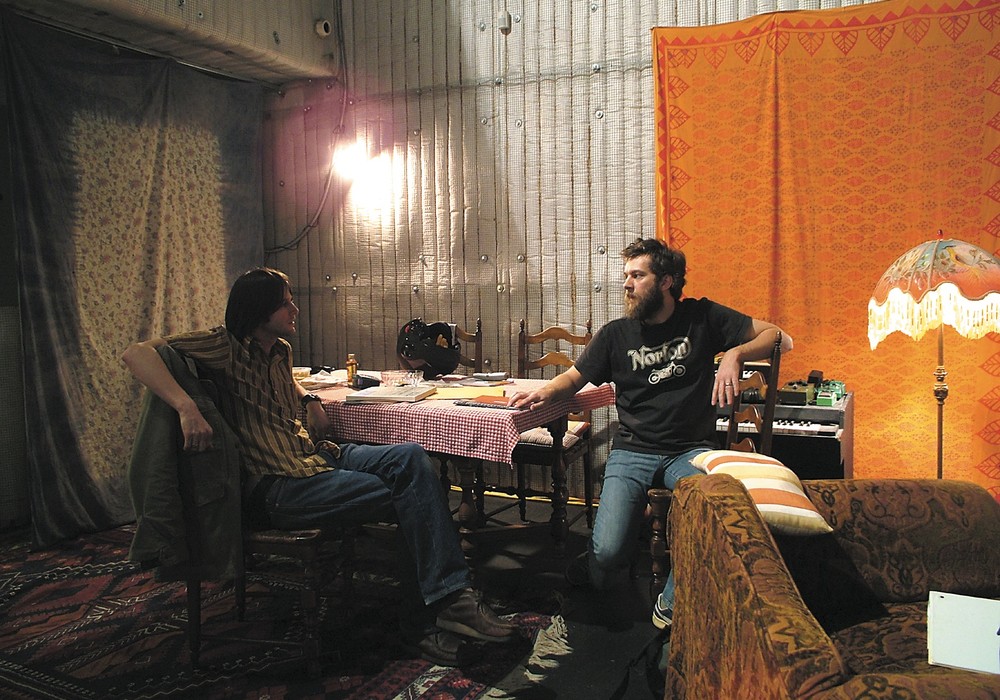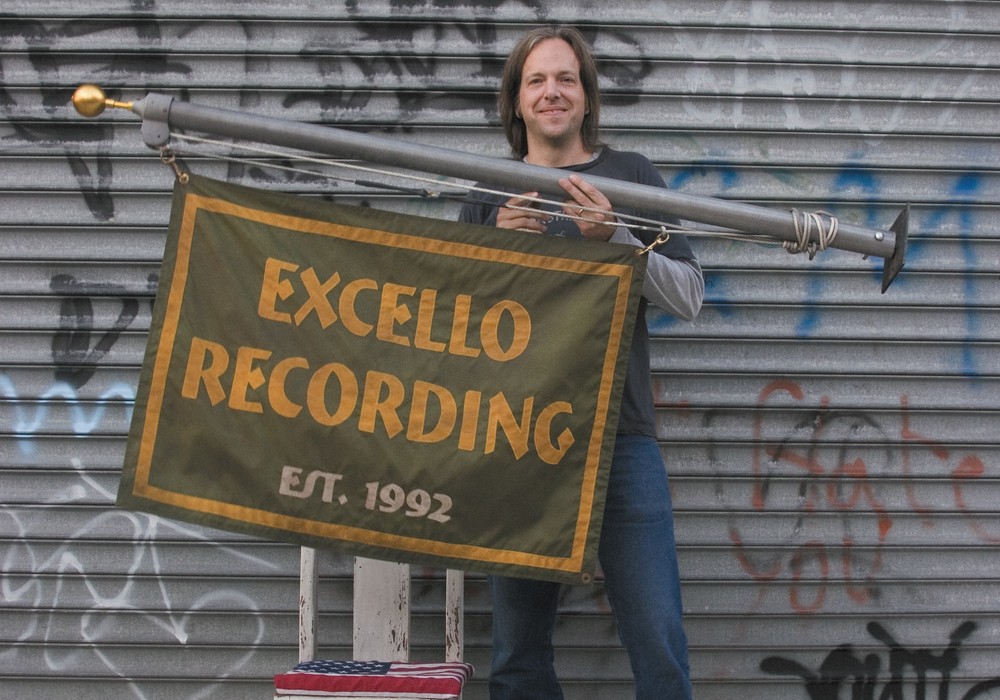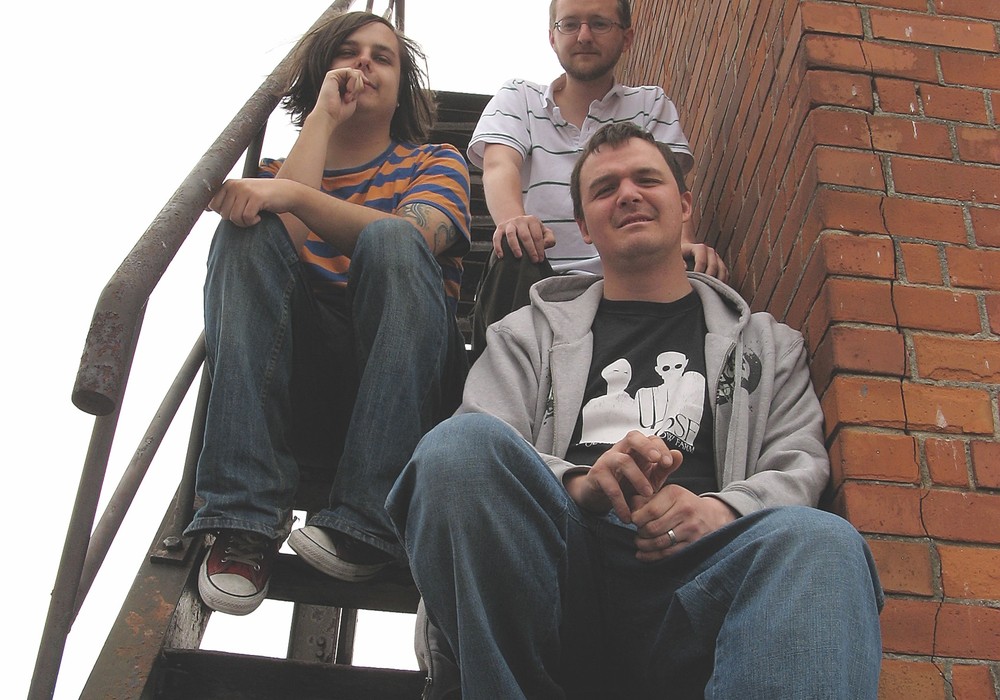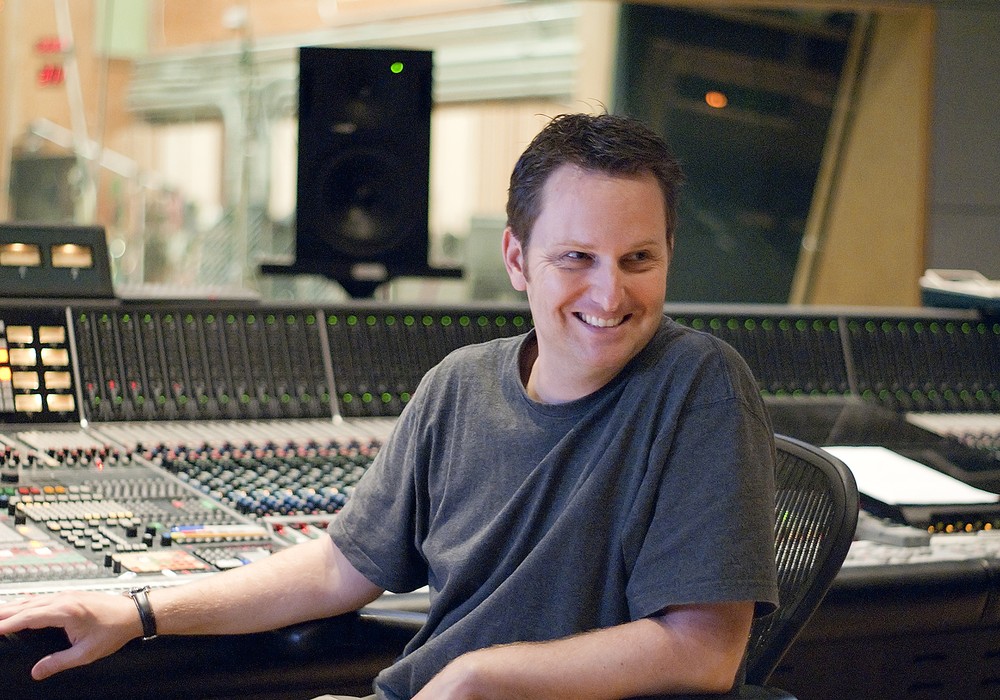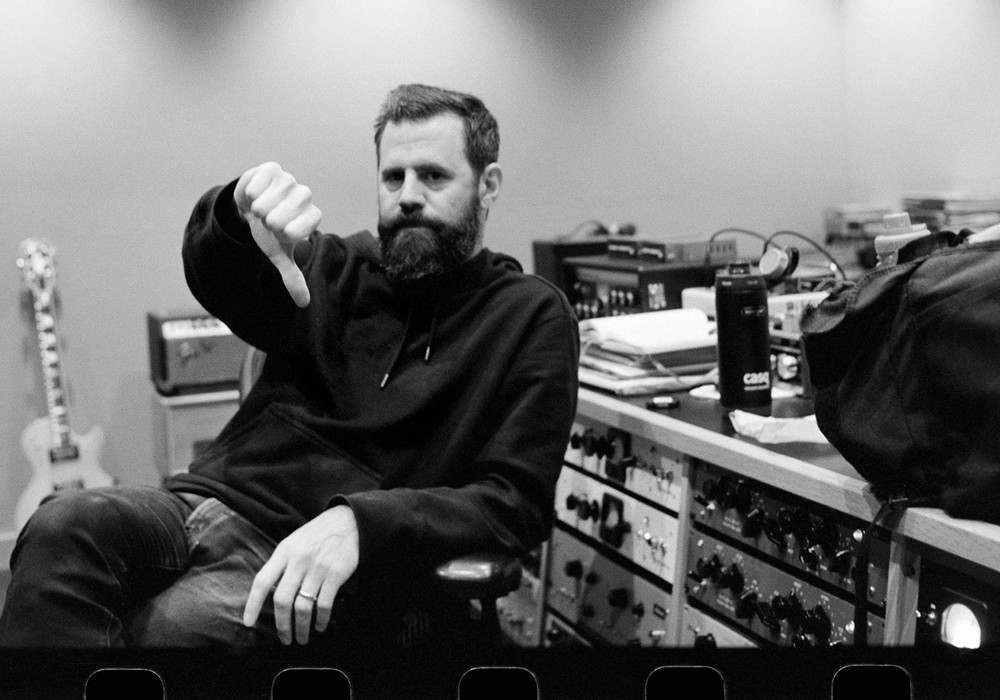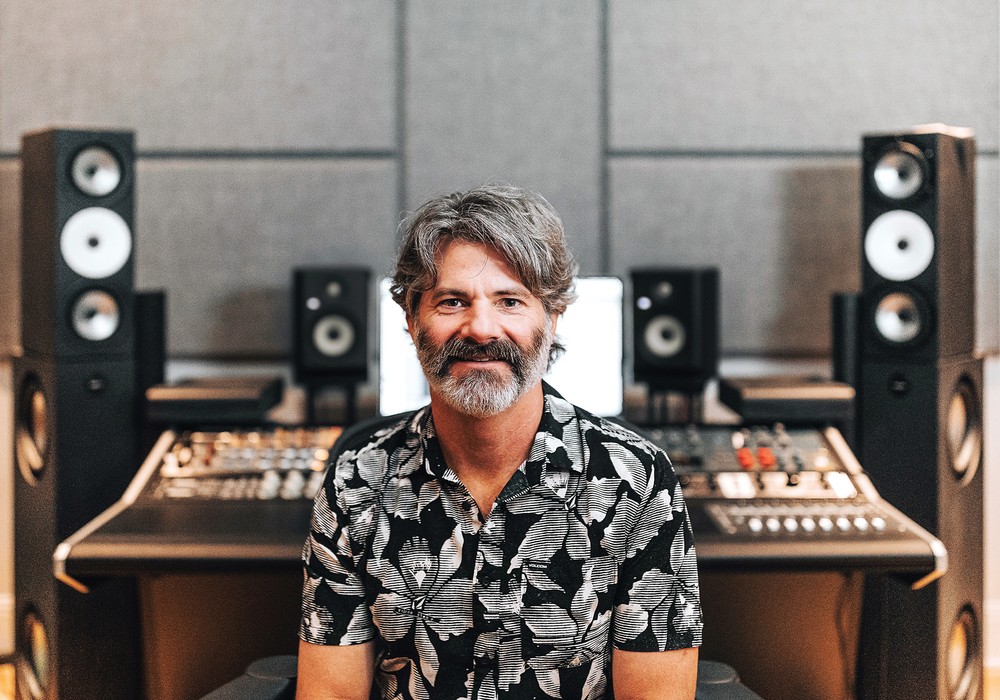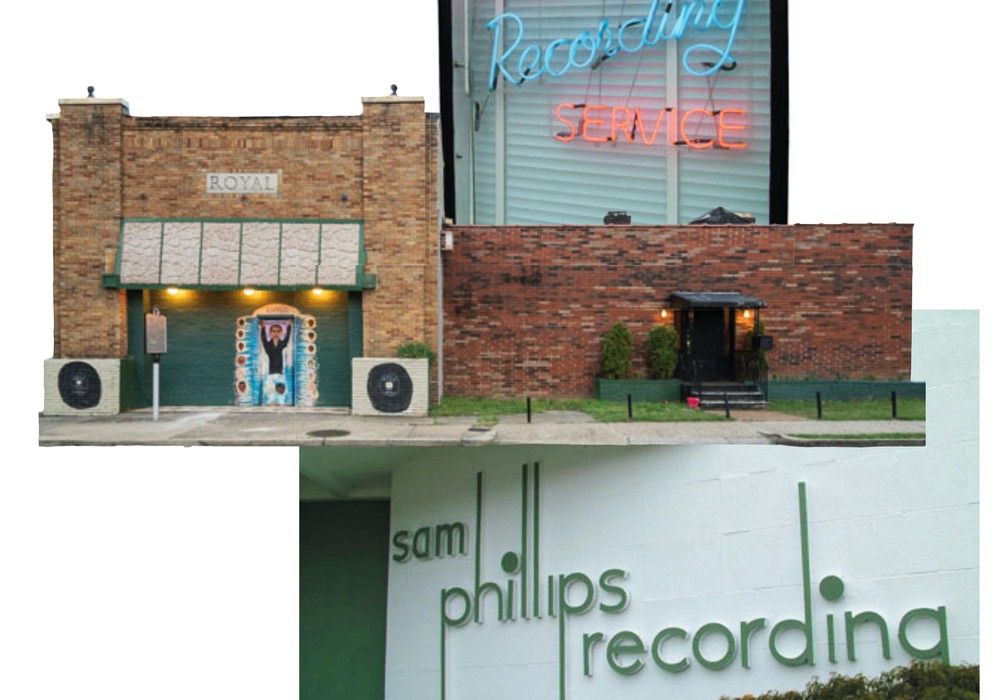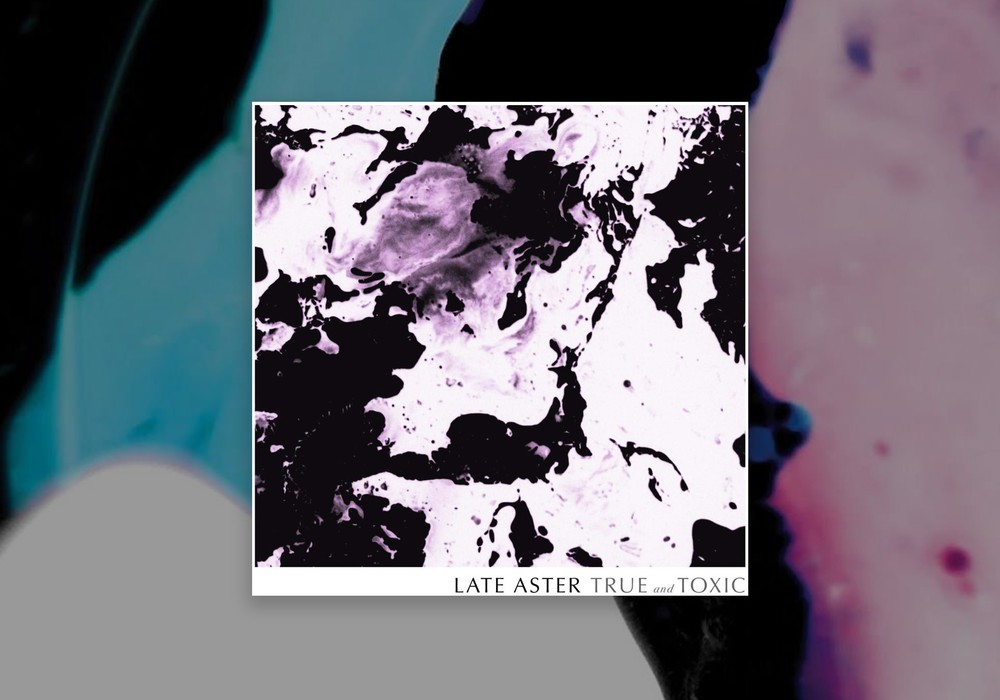Even among recording, mixing, and mastering engineers, Richard Dodd's career has been a unique one, covering many styles of music. His work began in the early '70s and continues today. In that time he's recorded hits like (Carl Douglas') "Kung Fu Fighting," and artists such as Boz Scaggs, Stephane Grappelli, George Harrison, Clannad, Roy Orbison, Wilco, Green Day, Steve Earle, Delbert McClinton, Robert Plant, the Travelling Wilburys, Freddie Mercury, Placido Domingo, and the Dixie Chicks. On this occasion I had the opportunity to join a group of attendees at a Welcome to 1979 Recording Summit, where we had a listening party (off a DSD, Direct-Stream Digital, master) of Tom Petty's Wildflowers and then a live interview with Richard to discuss his mixing of this Grammy winning album.
How did the job come to you? You told me earlier that Jim Scott [Tape Op #75] wanted to mix it.
Yeah, and he would have done a fantastic job. I know, because I copied most of his rough mixes. I came to it cold, having not heard a thing. The smartest thing to do was listen to any roughs that existed [in order] to know what was on the multitrack. "Crawling Back to You" was the first song that we mixed.
Did they pass it around to anyone else to mix before you?
Not to my knowledge. I think it was a simple thing where Tom said, "Richard's mixing it."
Did you have a relationship with Tom Petty before that?
I did both the Traveling Wilburys records and then [Tom Petty and the Heartbreakers'] Into the Great Wide Open, through Jeff Lynne [Tape Op #92], though I didn't have anything to do with Full Moon Fever. We got on well, and consequently Tom made the assumption that I'd be mixing it.
What monitors were you using?
Depends on who was in the room with me. If it was Rick Rubin, the producer, then it would be [Yamaha] NS-10s extremely loud. The studio we were in, Andora, was a very dead, smallish control room. To get them to work, they ended up using two Studer 600-watt amps, each mono — one amp on each side.
Nothing caught fire?
Nope. The other set [of monitors] were Tannoy PBM 8s. If you put the two [monitors] together, you end up with an approximation of what we just heard, without any low-end.
How did the record arrive to you?
On 24-track reels. On some of the songs there ended up being two reels. The ones with strings we had slaves for, and those are also the ones that we used automation for on the mix. Everything else was mixed manual.
Did anyone here notice the tape hiss occasionally?
Yeah. I'll take responsibility for everything, except for the fades. I didn't do the fades that you heard there. That's part of the system of going to DSD. It was kind of a bit iffy. Everything had to be done remotely on a 16-bit version, and they'd apply it. Sometimes it would work out all right.
The DSD version is off 1/2-inch tape masters?
Yeah, the 1/2-inch masters.
So when you put this together, you obviously had to sequence it to put it in the right order.
Yeah, Sony did that. They had a setup at Airshow Mastering in Boulder, Colorado. It was very comfortable. The monitors weren't known to me, so I did the obvious thing, which was nothing, with the exception of one track with a kick drum. They'd really extra-compressed it in mastering for the CD, and I made the call that if the public heard this, they'd get used to that; and it had become part of the vibe of the song, so I mimicked the mastering compression.
Stephen Marcussen mastered the original CD for that.
He did.
There are not a lot of effects or room ambience on the lead vocal, but sometimes you get a bit of a sharp consonant or an edge to that. Is it also like that on the CD or the vinyl version?
It's even worse, I think.
Was any work done to attenuate that?
No doubt they did some in mastering.
But this is a straight cut, except for the compression and fades?
Yeah. It was early days for this DSD thing. The idea was that it was going to be as good as analog. I didn't have any instructions or requests, other than, "Let's have it on DSD!" Twenty years ago my ego was even worse, and I assumed that what I'd done was good enough for everybody else. I wasn't comfortable enough in the environment to make any judgment calls, so I just did transfers.
When you were mixing it, did you have any compression on the mix bus?
Generally a pair of black face [URIE] 1176s.
Linked?
No. I would have linked them, but they didn't have the link box. I just put some program [music] through...
